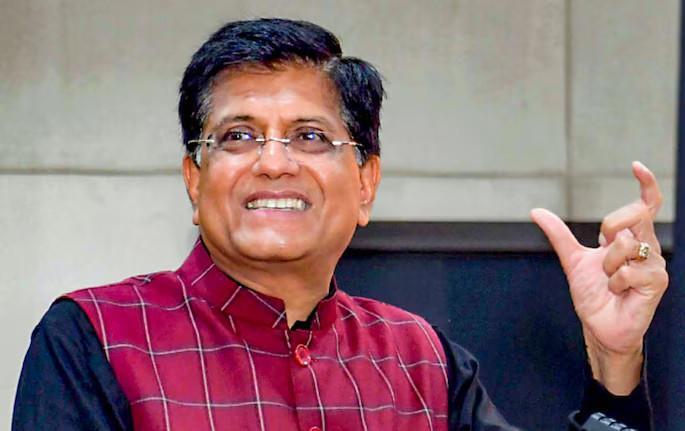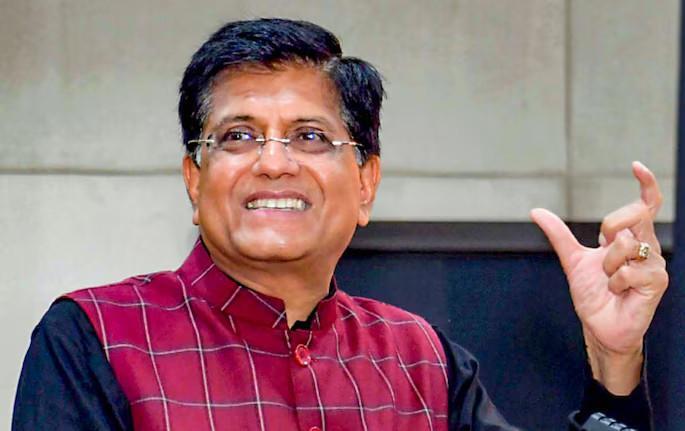
What challenges will Sunita Williams & Butch Wilmore face after returning to Earth?
Astronauts Sunita Williams and Butch Wilmore are set to return to Earth next week after their long-duration space missions. While their time in space has been filled with exciting scientific experiments and breathtaking views of our planet, the challenges they will face upon their return are just as fascinating. In this blog post, we’ll explore the physical and physiological changes that astronauts like Sunita and Butch will experience as they reacclimate to life on our planet.
One of the most significant challenges they will face is the loss of blood volume in space. In microgravity, the body’s blood vessels dilate, causing blood to shift towards the head and face. When they return to Earth, this sudden change in blood pressure can cause a range of symptoms, including dizziness, nausea, and even fainting. To combat this, astronauts undergo a gradual re-entry process, where they are slowly returned to a normal gravity environment to allow their bodies to readjust.
Another challenge they will face is the loss of bone density in space. Prolonged exposure to microgravity causes bones to weaken and lose density, a condition known as osteoporosis. This is because the muscles and bones in the body are designed to work together to support our weight and maintain posture, but in space, there is no gravity to provide resistance. As a result, the muscles atrophy, and the bones lose density. To counteract this loss, astronauts undergo exercise programs designed to strengthen their muscles and bones. However, even with these measures in place, astronauts often experience a temporary loss of bone density after their return to Earth.
But that’s not all. Astronauts also experience a phenomenon known as “baby feet” after returning to Earth. This is caused by the loss of fluid in the body, which can lead to swelling in the feet and ankles. This is because the body’s fluid levels are adjusted to the lower pressure of space, and when they return to Earth, the fluid can shift back to the extremities, causing swelling.
In addition to these physical challenges, astronauts also face mental and emotional challenges after returning to Earth. The experience of living in space can be isolating and disorienting, and the transition back to life on Earth can be difficult. Astronauts often report feeling disoriented and struggling to adjust to the pace of life on Earth, which can be overwhelming after the slow and deliberate pace of life in space.
Sunita Williams, in particular, will face a unique set of challenges after her return. As a veteran astronaut with multiple missions under her belt, she is well-equipped to handle the physical and physiological changes that come with space travel. However, she will also have to contend with the psychological toll of her long-duration mission. As one of the longest-serving astronauts in space, she has spent a significant amount of time away from her loved ones and the comforts of home. The transition back to life on Earth will be a significant challenge, and she will need to find ways to readjust to her normal routine and relationships.
Butch Wilmore, on the other hand, will face a different set of challenges. As a newer astronaut, he will be making his first return to Earth after a long-duration space mission. This will be a significant experience for him, and he will need to navigate the challenges of readjusting to life on Earth while also dealing with the physical and physiological changes that come with space travel.
In conclusion, astronauts like Sunita Williams and Butch Wilmore will face a range of challenges after returning to Earth. From the loss of blood volume and bone density to the physical and mental toll of re-entry, it’s clear that returning to Earth is a complex and challenging process. However, with the support of their teams and the resources available to them, they will be able to overcome these challenges and readjust to life on Earth.






